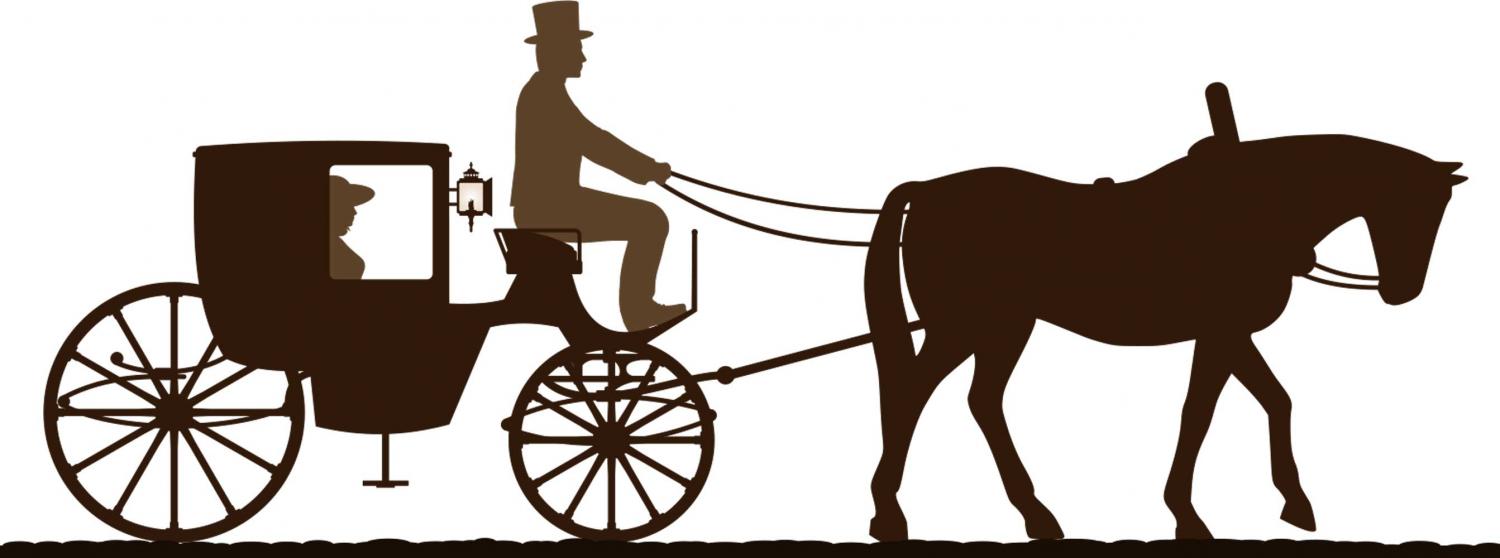When its all about the horsepower
11.09.2020 Arts & CultureDuring the summer season, a variety of horse carriage providers offer spirited jaunts around the Saanenland, a sublimely enjoyable way to see the spectacular landscape that takes you back to a slower, simpler era. But what about when it really was all about the horsepower, when your only travelling choices were on horseback or in a horse-drawn carriage? What was that like?
Well, to begin with, it was tough. The Saanenland has been difficult to reach for millennia since the area’s habitation in prehistoric times, but little information about transport seems to exist before the early modern period. Records attest to a “Chemin de Vevay en Gessenay” mule trail over the Col de Jaman in 1605, and as late as 1751 the deacon R Gruner noted that it was impossible to reach the Saanenland by wagon, with everything having to be carried on mule back.
But around 1750, the mule path transit route from Thun to Montreux, via the Simmental and Gruyères, was rebuilt to accommodate horse-drawn vehicles, its widening from 9 to 12 feet not completed until 1766. It was a basic country roadway, a stretch of which still exists off the road to Zweisimmen from Vordere Reichenstein to Riedli and gives one an idea of road conditions in the mid-18th century.
Passenger coach traffic presumably appeared at some point after this time, possibly private voituriers running smaller carriages for extended journeys. A thrice-weekly Lohnkutsche (hired carriages contracted under postal regulations) plied this roadway between Bulle and Saanen sometime prior to 1840, and over the period between 1816 and 1851, an improved gravel road was built between Wimmis and Montbovon, which allowed larger Postwagen, or post coaches, to run the route. Sounds better, right?
Well, compared to today, things were still challenging. A four-seat coach ran three times a week from Vevey to Saanen from 1843, in connection with the post coaches running from Thun to Saanen since 1840, but transit times were onerous. In 1851, it took 8.5 hours to go from Thun to Saanen (10.5 hours in winter), with 2.5 hours for the stretch from Zweisimmen to Saanen alone! Downhill to Bulle was slightly longer at 8.6 hours, and at La Tine it was advisable for the larger coaches to send a messenger forward to Montbovon to stop oncoming traffic, as there was no room to pass on that stretch.
Today, we have asphalt streets and railroads to speed things up and cut down on the jolts and shocks of the tooth rattling Chausee routes, but some still yearn for the sensation of touring in the days of yore. If so, you are in luck. Several local Kutscherei offer a variety of carriage styles for exploring.
Kutscherei Reichenbach has an 1872 Landau and a 1904 Victoria among other conveyances. Kutscherei Walter Reuteler features a modified Linzer and a barouche-type four-seater. Kutscherei Johann von Grünigen provides scenic carriage outings in the Turbachtal and surrounding areas, while Reitstall Hauswirth has a long wagon with a centre table for large groups. Saanenreiter lets you discover the region by carriage at 2 PS (Pferdestärke, ie horse power), and Fuhrhalterei Venner lets you explore the Abländschen countryside in a carriage pulled by four Spanish donkeys. Most of these purveyors offer winter sleigh rides as well.
So, sit back, take in the fresh air, and let the sound of clopping hoofs literally transport you back in time. It is a really special experience, but one can also be grateful that we no longer have to rely on it to get to distant destinations. I mean, really, who has the time?
ALEX BERTEA




